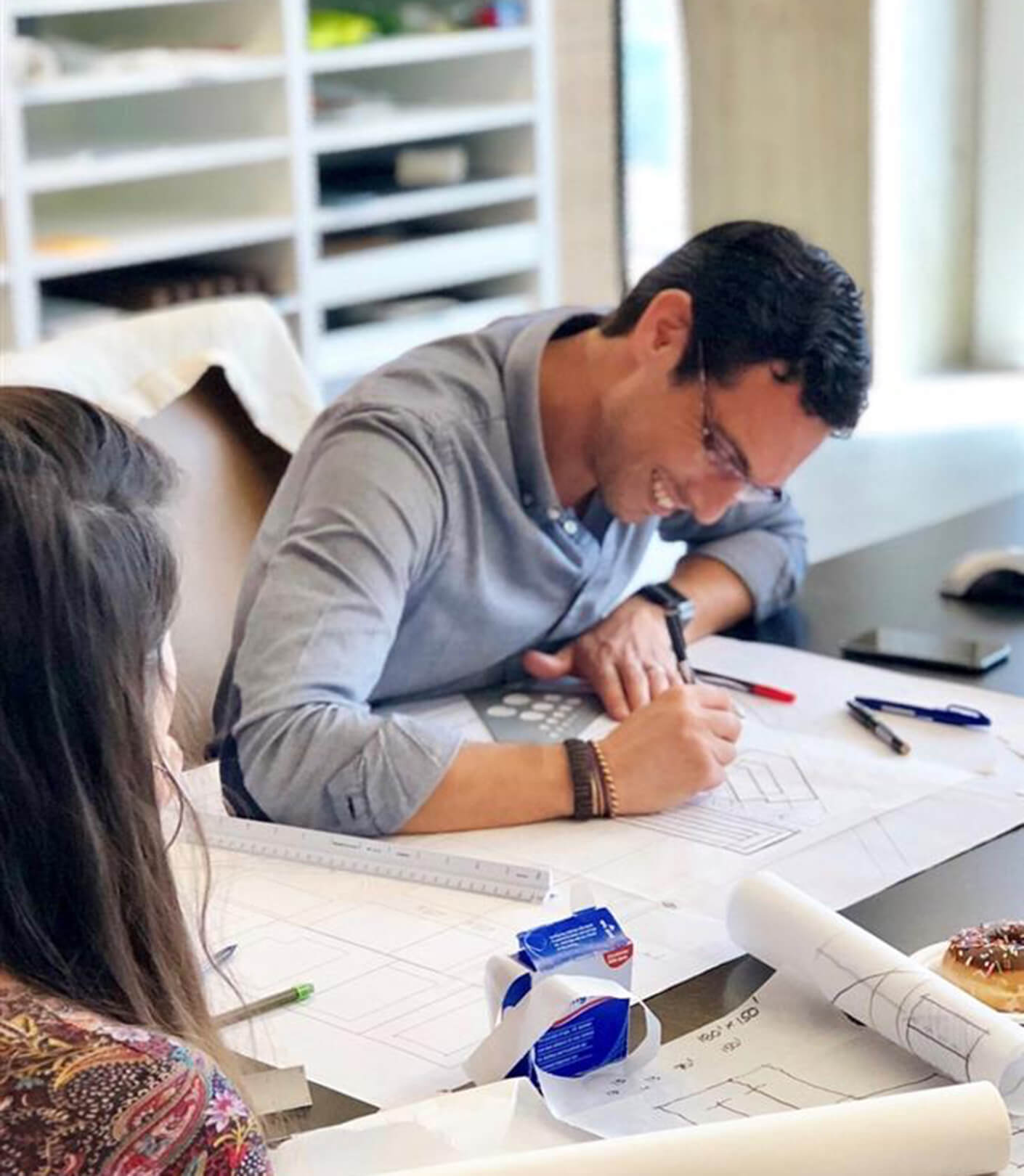Conversations with Colleagues: Andres Serpa
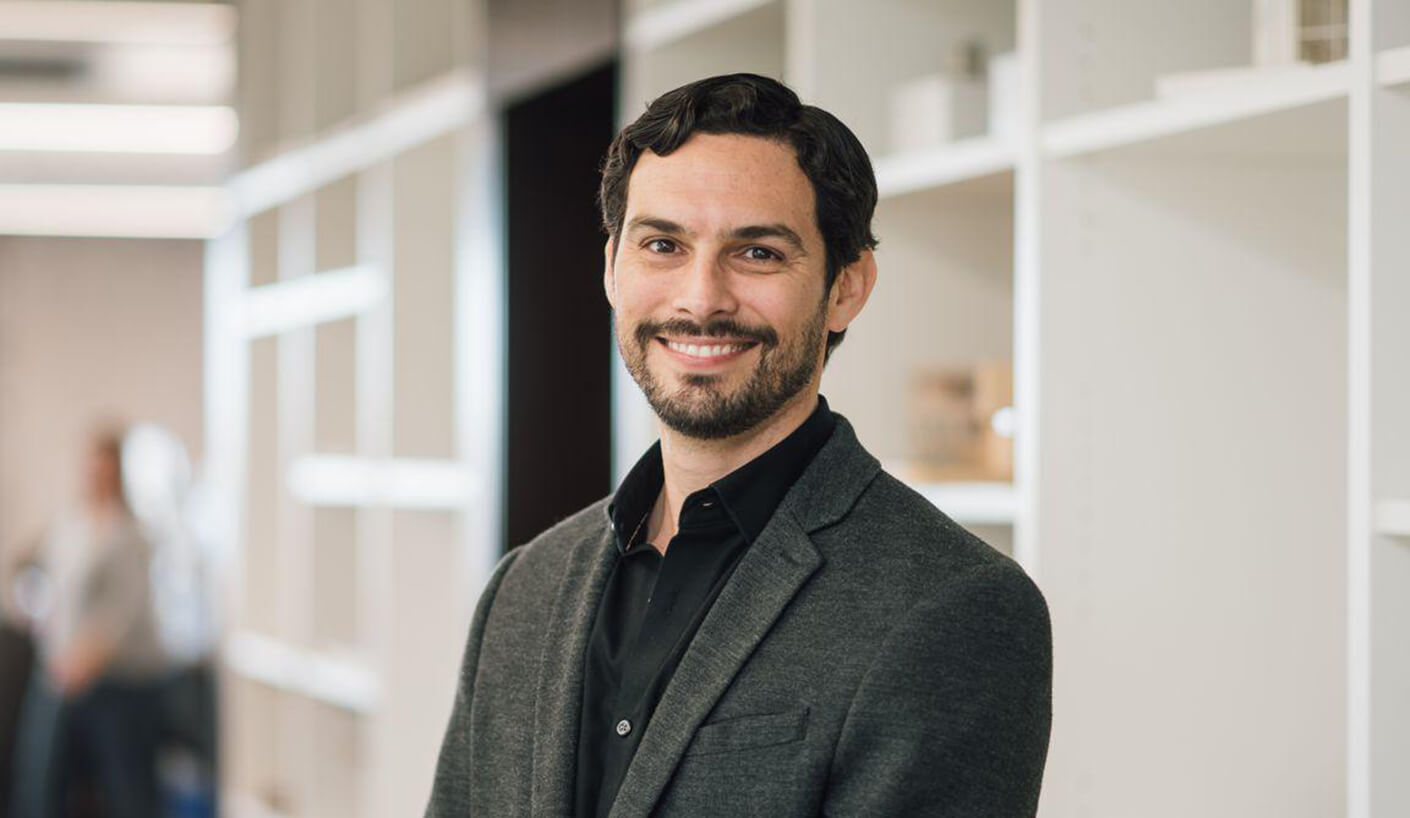

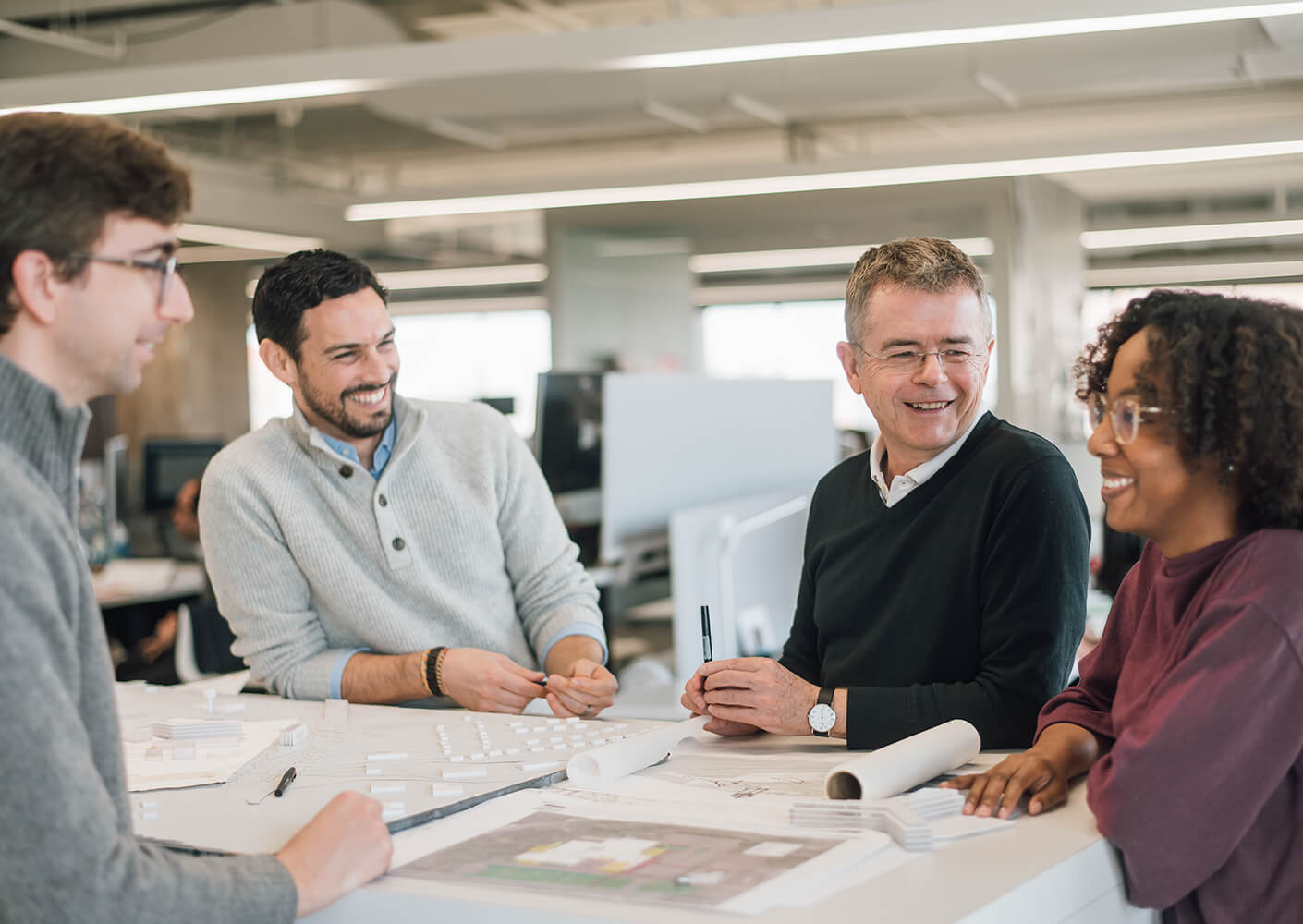
As a tool for innovation, design is more powerful than most imagine. Applied to many aspects of our daily lives, it transforms society by establishing new methods that disrupt preconceived concepts, enhancing lives through connection, wellness, efficiency, and delight. I find global influence on architectural design particularly positive. Thoughtful design should transcend geographic boundaries and cultural isolation. Past capturing cultural elements, design has the potential to adopt international ideas that positively transform the way we interact with space and one another. This approach to design promotes greater awareness and respect for communities across the globe and can act as a catalyst for spatial experiences.
I have had the opportunity to work on three different continents and four different countries which informs my perspective that diversity has a tremendous impact on design. Bringing together people from different communities allows many variations on a single topic, a perfect set of notions that architecture disseminates. How people live, work, eat, and play can be entirely different depending on which part of the world they are in. As a Colombian married to a French woman with two kids born in the US, I can’t help but look at the world, and design, from more than one culture. I encourage all of us to be ambassadors of cultural exchange and accept that there are no single answers for a problem, but potential to break preconceived ideas to promote connection and enrich our collective efforts. Architecture has no borders, flags, or colors, it is a conversation that needs to solve a specific issue contextually, going from the individual to the collective.
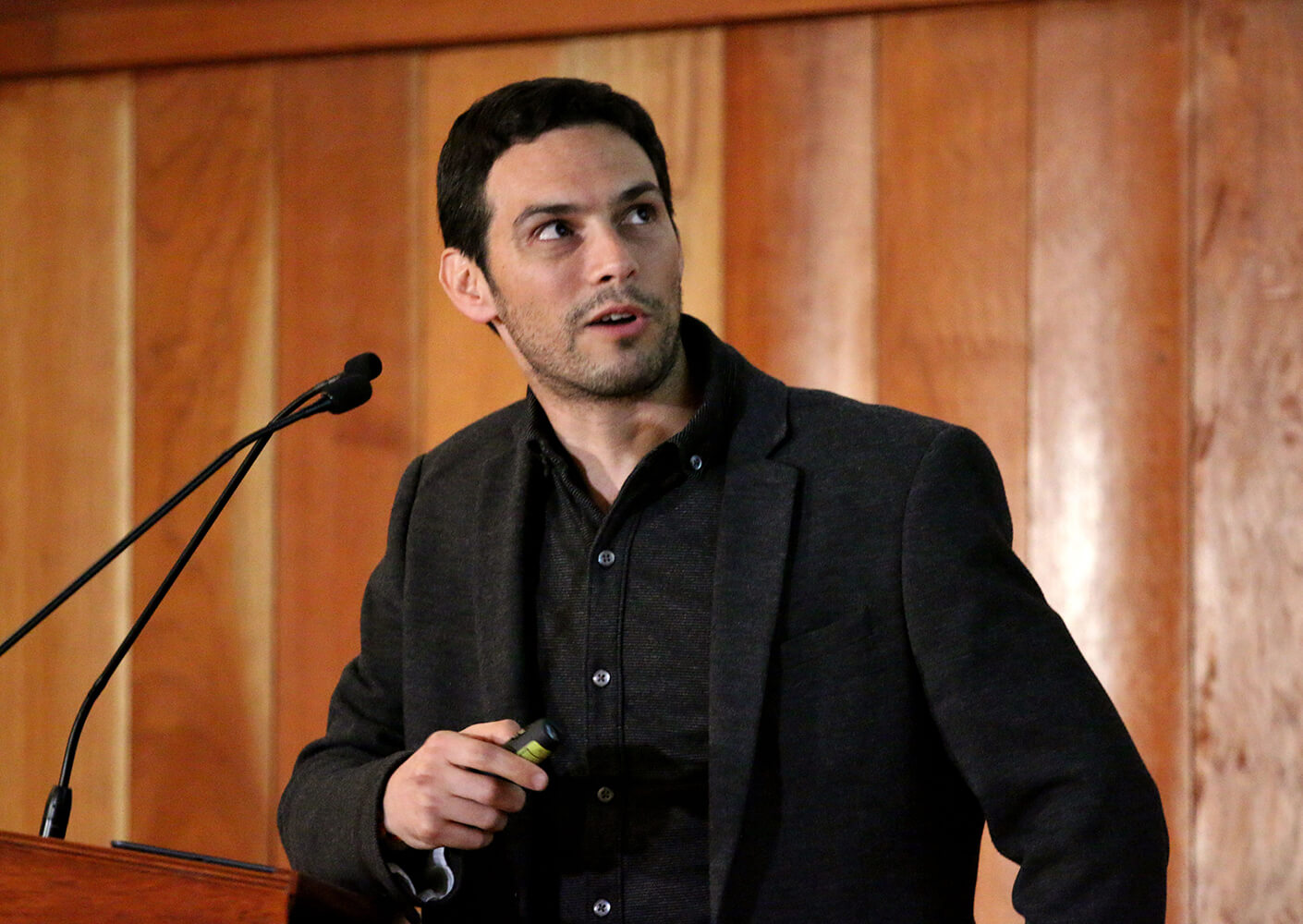
Being born and raised in a third world country informed my early goals and expectations. I initially had to understand what my peers and colleagues in the US experienced in their formative years and it was important I share my experiences with them. Learning another language was a need, not a choice, but actively discovering what other nations had to offer was a fascination and aspiration, not a task. My early understanding of architecture was shaped by the distinct gap between social classes in Latin countries. Growing up in a place where architecture was either monumental or extremely raw, I realized, through the built form, the disparity not only of rich and poor, but of how it affected the physical and emotional wellbeing of millions of people. I believe this affects all of us and that architecture for social good is our responsibility.
I worked on a mixed-use complex in Monterrey, Mexico that included corporate, hospitality, and retail spaces. Developer-driven, the initial project goal was to create an iconic structure that stood out from the existing surrounding towers. As my team studied the context, we realized the neighboring architecture was quite flashy, geometrically complex, and somewhat invasive to the nature of the area. We posed the question, “How can our design be unique among so many distinctive buildings?” We revisited pre-colonial cultures and design, noticing how form was not the leading element, but the procession of spaces that prepared the individual with varied experiences regarding their destination. We detached the core from the main body, leaving an interstitial space of vertical gardens that covered three levels as social gathering spaces. The simplicity of the design made the tower distinct by reflecting tradition. The client expressed a that the design resonated on a personal level and was successful specifically because of the thoughtful design concept that honored Mexican history and heritage.
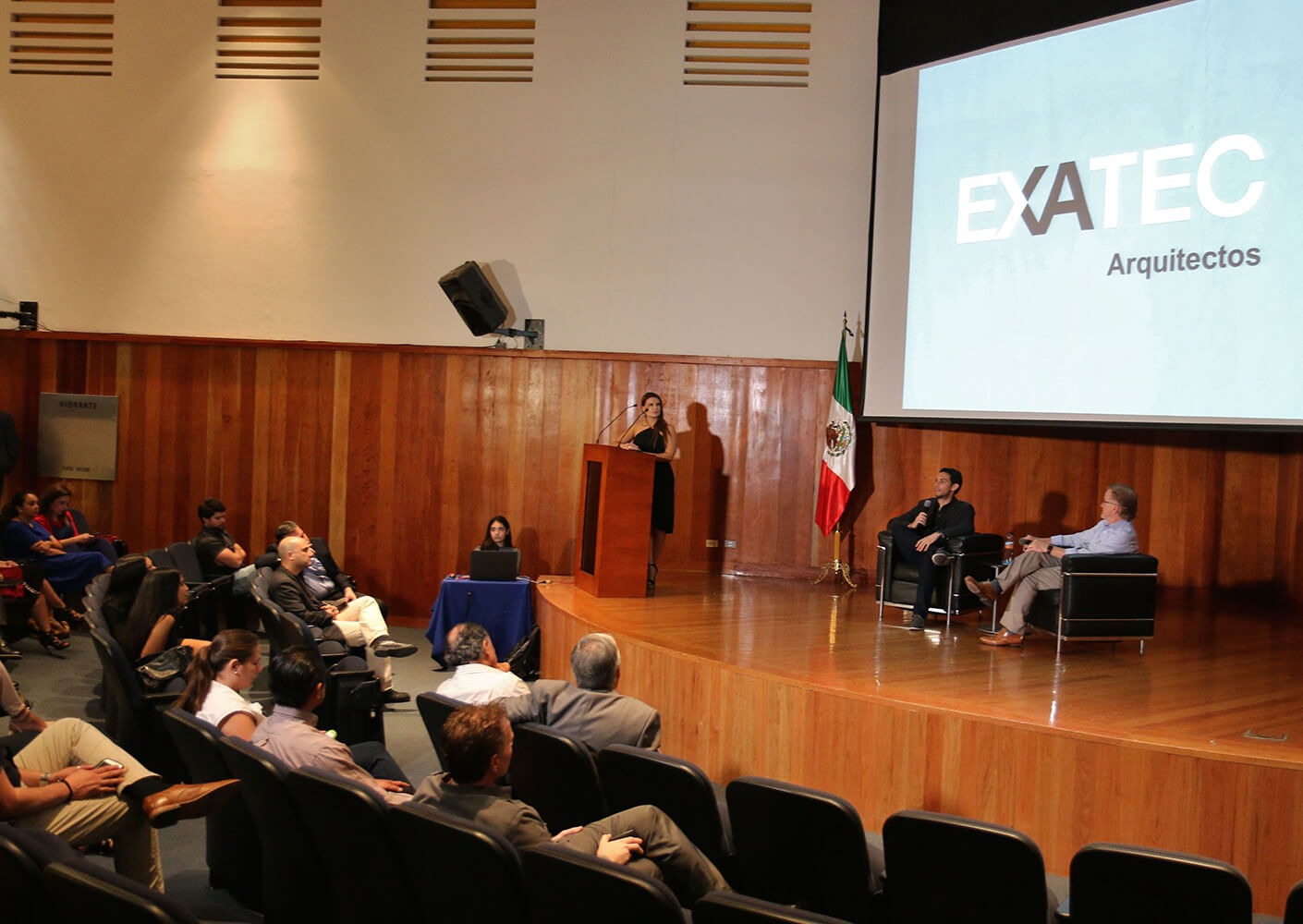
The most successful method I have found to expand professional design opportunities to Hispanic individuals has been organic: recover traditions that have been lost over time. This is true of every culture and community. Hispanics represent Spaniard, Native, Black, and Creole peoples—our roots are rich and varied. As excited as I am about the level of connection technology has brought to contemporary design, I am concerned about loss of cultural memory. My personal approach has been to study and understand why certain foreign elements have been successful in different countries, including the US, and how I can help translate and merge those into a new language of architecture that carries cultural roots into contemporary ideas and spaces. With a strong dose of Latin passion, I am drawn to what Barragan called “Emotional Architecture”. If a project does not cultivate an emotional response, then it is not speaking to anyone and we need to shift the conversation.
Often, it is nuances that improve our lives. This is something Perkins&Will understands, taking the time for small efforts that enhance the working environment. When I first joined the North Carolina studio I was impressed by how the office layout was designed so that everyone feels equal. Nobody has a private office or a bigger desk and even though we have specific titles it does not translate to a hierarchical structure — when we are designing it is about responsibilities and consistent dialogue among peers. When a diverse group has an open platform for transparent, sometimes challenging conversations, work becomes exciting and enriching. Our design philosophy is a verb not a subject. It is an action rather than an occasional thought and this allows inclusion to be organic while also essential. Simply put, inclusive teams are advantageous to everyone. They have certainly made me a finer designer and person.
